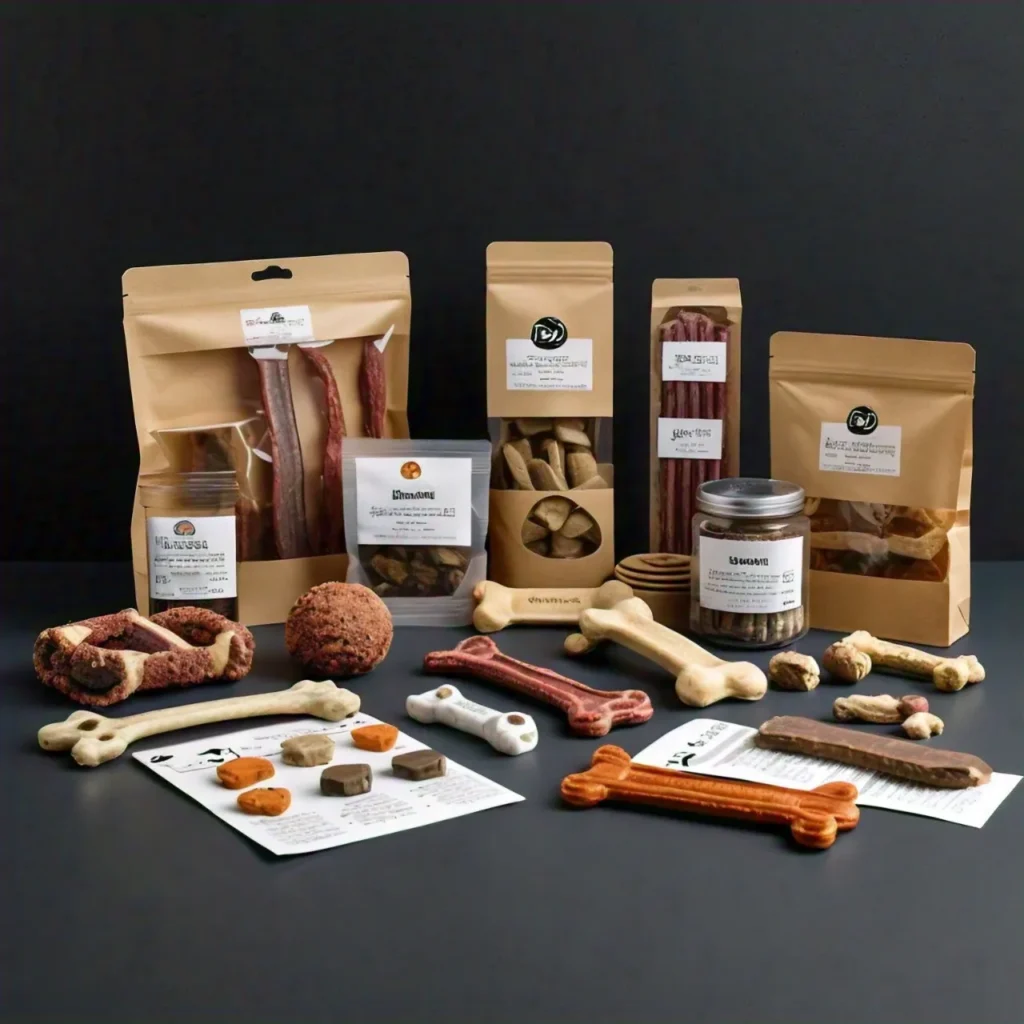As a dog owner, it’s natural to want the best for your furry friend, from their diet to their overall health. But when it comes to everyday human foods or items like gum, the question arises: Can dogs eat gum? The short answer is no, dogs should not eat gum—especially sugar-free gum—because it can be extremely dangerous, even life-threatening. In this article, we’ll dive into the reasons why gum is harmful to dogs, the dangers of certain ingredients, and what to do if your dog accidentally consumes gum.
Why Gum Is Dangerous for Dogs
Gum, particularly sugar-free gum, can contain an ingredient called xylitol, a sugar substitute that is highly toxic to dogs. While xylitol is safe for humans, it can have severe consequences for dogs, even in small amounts.
1. Xylitol Toxicity
Xylitol is a sweetener commonly used in sugar-free products like gum, candy, and baked goods. While it’s safe for humans, dogs process xylitol very differently. When a dog consumes xylitol, their body mistakes it for sugar and releases a large amount of insulin, which can lead to a sudden drop in blood sugar levels (hypoglycemia). This can happen as quickly as within 10 to 30 minutes of ingestion and may cause:
- Weakness
- Loss of coordination
- Seizures
- Collapse
- Coma
If left untreated, xylitol poisoning can be fatal. In severe cases, xylitol can also lead to liver failure, a condition that’s harder to treat and increases the risk of death.
2. Choking Hazard
Even if gum doesn’t contain xylitol, it still poses a choking risk. Gum isn’t designed to break down easily in the digestive tract. Dogs may choke on it or experience an intestinal blockage, leading to vomiting, lethargy, or serious digestive issues.
3. Artificial Sweeteners and Other Ingredients
Some gums may contain artificial sweeteners that can upset a dog’s stomach or cause diarrhea. The packaging or foil wrappers around gum can also present a danger, as they can get stuck in a dog’s throat or intestines, leading to further complications.
Personal Experience
A couple of years ago, my dog Max managed to snatch a piece of sugar-free gum off the table. At the time, I wasn’t aware of how dangerous xylitol could be, but within half an hour, Max started showing signs of lethargy and weakness. Panicked, I immediately called my vet and rushed him to the clinic. Thankfully, I acted quickly, and Max received treatment in time, but the experience left a lasting impression on me. Since then, I’ve been extra careful about where I leave items like gum or candy.
Symptoms of Xylitol Poisoning in Dogs
If your dog has eaten gum—especially sugar-free gum—it’s critical to act fast. Look out for the following symptoms of xylitol poisoning:
- Vomiting
- Weakness or lethargy
- Tremors or shaking
- Loss of coordination (stumbling or walking as if drunk)
- Seizures
- Rapid heart rate
- Pale gums
- Collapse
These symptoms can occur within minutes to hours of ingestion, so early detection is vital for treatment success.
What to Do If Your Dog Eats Gum
- Check the Label: First, check the gum’s packaging to see if it contains xylitol. If it does, this is an emergency situation.
- Contact Your Veterinarian or Emergency Vet: Even if you’re not sure if the gum contains xylitol, it’s always better to be safe than sorry. Call your vet and explain the situation. If your dog shows any symptoms, don’t wait—bring them to the nearest vet clinic immediately.
- Inducing Vomiting (Only Under Professional Guidance): Your vet may advise you to induce vomiting at home to remove the gum from your dog’s stomach before the xylitol is absorbed. However, only do this if instructed by a veterinarian, as improper handling can cause more harm than good.
- Monitor Your Dog: If your vet suggests monitoring your dog at home, keep an eye out for the symptoms mentioned earlier. Even if they seem fine at first, symptoms can develop later.
How to Prevent Your Dog from Eating Gum
Prevention is always better than cure, especially when it comes to potential toxins like gum. Here are a few tips to keep your dog safe:

- Keep gum and candy out of reach: Store gum, candy, and other dangerous items in high cabinets or drawers that your dog can’t access.
- Dispose of gum properly: Make sure used gum is thrown away in a secure trash can that your dog can’t get into.
- Be mindful of bags and purses: Dogs are naturally curious, so don’t leave your purse or bag, especially if it contains gum, within their reach.
- Educate family and friends: Make sure everyone in the household is aware of the dangers of xylitol for dogs and takes precautions.
Natural Chewing Alternatives for Dogs
If your dog enjoys chewing, consider offering them safer alternatives like:

- Dog-friendly chews: Rawhide, bully sticks, or dental chews can satisfy their need to chew while keeping them safe.
- Interactive toys: Puzzle toys or Kong toys stuffed with dog-safe peanut butter are great options that can also provide mental stimulation.
Conclusion: Keep Gum Away from Dogs
Dogs and gum are not a good mix, particularly because of the presence of toxic ingredients like xylitol. If your dog eats gum, time is of the essence, and you should seek veterinary help immediately. As a pet owner, being aware of potential hazards like gum is key to keeping your dog safe and healthy. Always err on the side of caution, and make sure everyone in your household understands the dangers that everyday items like gum can pose to your furry friend.
Remember: A few precautions can prevent an emergency. Stay informed, stay vigilant, and keep your dog’s health a top priority.
